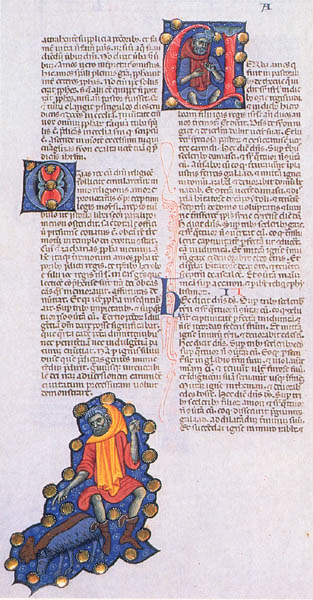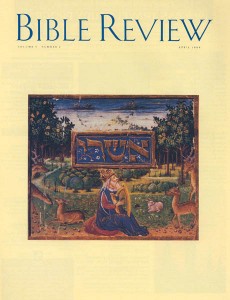
Taking a short passage from the Bible and looking at it from a variety of perspectives can be very instructive. For example, from a short passage from the book of the eighth-century B.C. prophet Amos, we can learn: something about the problems of translation and why scholars sometimes emend (that is, change) the text; how a knowledge of everyday life in Bible times and of earlier pre-Israelite cultures help illuminate the text; something about the nature of the prophetic calling; and finally, a little about how to interpret the prophetic message—as one of hope rather than doom.
The short passage on which I will focus—Amos 7:1–9, 8:1–3—contains four prophetic visions (see the sidebar to this article).
What we commonly refer to as a vision is the prophet’s experience of the imminent presence of God. Sometimes, but not always, the vision constitutes the prophet’s call to prophetic activity. The visions in Amos 7 and 8 came to the prophet after he had been active for some time.
Visions that come to the prophets from time to time often occasion an influx of important ideas and powerful emotions that give new meaning and direction to an understanding of God’s intent for Israel and its people.
Already a library member? Log in here.
Institution user? Log in with your IP address.

